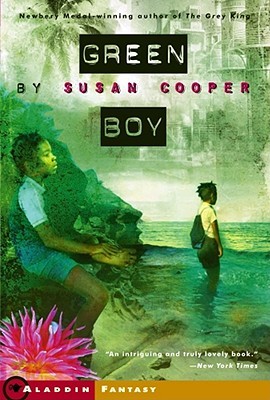[button color=”black” size=”big” link=”http://affiliates.abebooks.com/c/99844/77798/2029?u=http%3A%2F%2Fwww.abebooks.com%2Fservlet%2FSearchResults%3Fisbn%3D9780006497943″ target=”blank” ]Purchase here[/button]
The main characters in this book are two Irish youths who grew up together: parson’s son Peter Palafox, now a midshipman on H.M.S. Centurion; and his servant Sean O’Mara, who starts out as a lowly fo’c’sle hand and works his way up to bosun’s mate. To be sure, they are fictional characters, and their adventure on the high seas reads somewhat like a very promising preview of the later Aubrey-Maturin novels. But the adventure itself is torn straight out of history. The Centurion really existed, as did her commander, Commodore George Anson; and their 1740–44 circumnavigation of the world, complete with all the main incidents described in this novel, actually happened. Even the journal Peter kept, on the recommendation of Mr. Walter the ship’s chaplain, is based somewhat on the real Richard Walter’s journal, which became a very popular book in its day. And in spite of the long dashes that frequently interrupt the characters’ speeches (showing that the censor’s objection to swear words was then still stronger than O’Brian’s authority as a great novelist), this retelling of the adventure makes one feel closely, personally, thrillingly involved.
We first meet Peter on his way to catch a transport to his first commission as a junior naval officer. He is soon joined by his feisty friend Sean, and then by a fellow midshipman named FitzGerald, who proves to have no future in sea service. Ill-equipped and ignorant of the ways of warship, and singled out for extra hazing as a member of the despised Irish race, Peter has tough obstacles to overcome on his way to becoming a promising young officer. And that’s besides a tropical fever in the Atlantic tropics, a bout of scurvy in the Pacific ditto, a disastrous ordeal rounding the Horn of South America, and shipwreck on the isle of Tinian. Meanwhile, the Centurions raid a Peruvian port, blockade a Mexican one, pursue a Spanish galleon loaded with gold, weather storms and plagues and anxious pauses and, finally, one climactic yardarm-to-yardarm battle with a better-armed and -manned enemy ship.
Peter is a lovely protagonist and sometime (through his journal) narrator. His speeches have an Irish lilt that reminds me fondly of Stephen Maturin, especially in his conversations with Sean. His experiences are laced with passages of anxiety, confusion, grief, excitement, and laughter that unfailingly rub off on the reader. And when, for example, he takes a heavily pregnant wild sow by the tail—and, the more fool, lets go—the result is a flash-forward of O’Brian’s mature genius wedded to youthful high spirits:
But as Peter let the tail slip through his hand the sow whipped round with astonishing agility, and foaming with rage she rushed upon her pursuers. The tide changed on the instant, and now, scouring the grassy plain with feet that twinkled in the sun, Keppel headed the urgent rout. Immediately behind him came Bailey, whose laboured gasps persuaded Keppel that the sow was on his back: then came a mixed flight of midshipmen, running with the utmost perseverance, then the dogs, mute with alarm, and then the gravid, persecuting sow, with glaring, crimson eyes, skimming over the flowery turf, the embodiment of pallid fury.
I can’t remember the last time I read anything that was at once so funny and so beautiful. If anyone else can, I would be glad to hear about it. In the meantime, I am eager to begin reading this book’s sequel, a novel concerning the fate of one of the ships that was separated from Anson’s squadron while rounding the Horn—a novel whose main characters are an even more exact early model of Jack Aubrey and Stephen Maturin—a novel titledThe Unknown Shore.

